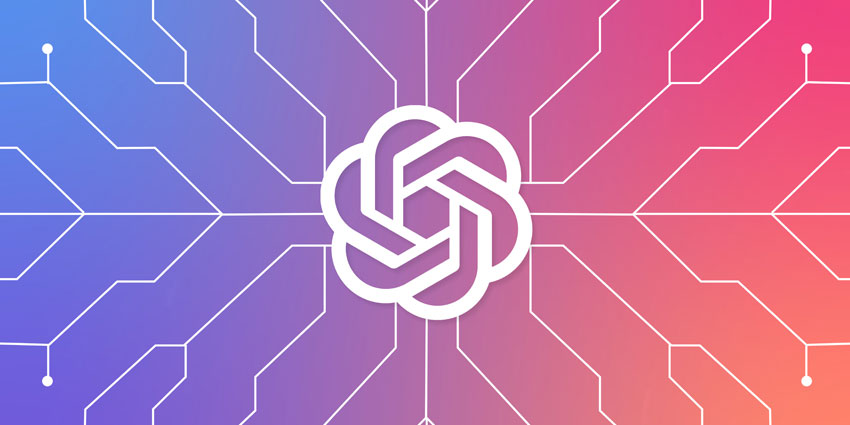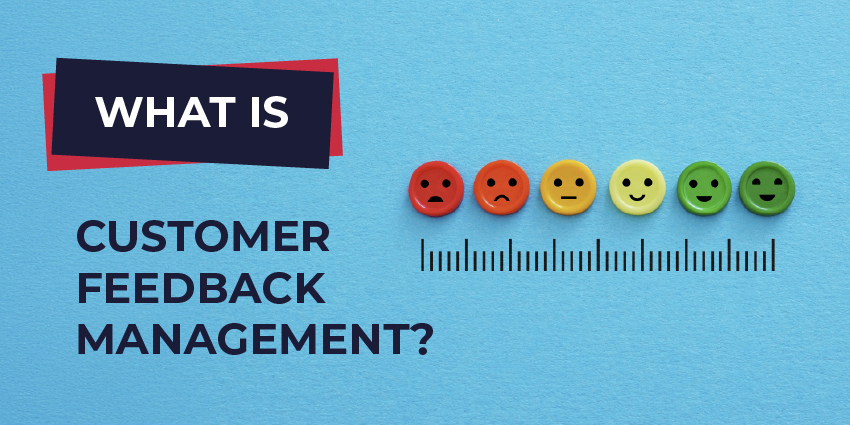OpenAI has announced ChatGPT agent, promising to change how consumers interact with businesses forever.
The agent is capable of doing real, complex work, using a computer. To do so, it switches between thinking and acting while using tools like the web, spreadsheets, slides, and more.
Thanks to this capability, ChatGPT agent may perform many office-based tasks, such as building spreadsheets, creating slideshows, and developing meeting agendas.
However, it can also execute tasks on behalf of consumers.
OpenAI shared an example of a person preparing for a friend’s wedding. They gave ChatGPT agent the following prompt:
Find outfits that match the dress code, consider the venue and weather, propose a few options in a mid-luxury range, suggest hotels, and find a thoughtful gift.
The ChatGPT agent first clarified the wedding date and location. It then performed those tasks on a virtual computer. As it did so, the user watched from their device, with a view of the agent’s chain of thought, i.e., what it’s thinking as it works. Importantly, the user could intervene whenever they wanted.
From the demo, OpenAI showcased how consumer-facing agents – like ChatGPT Agent – could redefine how people find products and services. Yet, the AI juggernaut also showcased how these agents could transform how customers communicate with and buy from organizations.
How ChatGPT agent Communicates with Businesses on Behalf of Customers
First, consider how ChatGPT agent works. To browse the web, the agent builds on two previous OpenAI innovations: Deep Research and Operator.
Like Deep Research, it can quickly read and search web pages. Meanwhile, it can interact with UI elements – i.e., clicking, dragging, and filling out forms, etc. – like Operator.
By interacting with UI elements, ChatGPT agent can hop on a live chat widget and interact with a business on a customer’s behalf. It may also fire off emails.
As a result, contact center reps may soon find themselves interacting with AI much more frequently, which should provoke some tricky internal conversations around security and compliance.
Moreover, as many businesses have deployed their own AI agents across live chat and email, ChatGPT agent beckons a future of “machine-to-machine” customer service (more on this below!).
While OpenAI did not single out this use case, it stressed that ChatGPT agent will ask for confirmation before taking important steps, like sending a message or email to a business.
How ChatGPT agent Buys from Businesses on Behalf of Customers
When launching ChatGPT agent, Sam Altman, CEO of OpenAI, underscored the possibility of a consumer prompting the agent to buy an item. The user can even give the agent their credit card information, so it completes the purchase autonomously.
As a result, ChatGPT agent can effectively manage end-to-end customer journeys, finding products, communicating with businesses, and buying from them.
While that’s an exciting possibility, many will be cautious about the agent falling for scams and Altman admitted that’s a real risk.
OpenAI has taken steps to mitigate such risks. For instance, it allows users to intervene at key moments, such as when typing in credit card details.
However, as Altman stressed: “It’s a new way to interact with AI, [and] with that comes a new set of potential attacks.
“Society and technology will have to evolve together to mitigate risks we can’t even fully anticipate yet, especially as people begin to do more and more work through AI agents.
We encourage users to be proactive in how they share their information. For example, if something is highly sensitive, it’s best not to share it. Instead, use features like “Takeover Mode” to input sensitive details, like credit card information, directly into the browser, rather than giving that information to the agent.
Nevertheless, OpenAI encouraged risk-aware consumers to try out the ChatGPT agent, which they can do via the app by clicking the “Tools” menu and selecting “agent”. Alternatively, users can just type “agent” into the composer bar.
Check out the video below for more from Altman and his team on the launch.
Concerns Over OpenAI’s Bid to Reimagine Online Customer Experiences…
As consumers use ChatGPT agents to search for and buy products, businesses will likely share the same concern: how do we know it’ll be fair?
Given how Altman recently mulled over the possibility of adding adverts to ChatGPT, such concerns have their merits.
However, soon after making its agent announcement, OpenAI confirmed that it will look to take a cut of product sales made inside ChatGPT.
In doing so, the AI giant allayed fears that “search-to-product matching” will be based on who pays the most. Instead, relevance seems to be what will drive clicks.
While that may challenge Google’s $200BN advertising model, it also presents an opportunity for brands focused on building content relevant to what people are actually searching for.
Interestingly, as consumers interact more with ChatGPT and it gets a better understanding of their preferences, it could – one day – offer the most relevant searches to them as an individual.
Nevertheless, for now, marketing teams may wish to lower their reliance on third-party ad clicks and instead rethink the first-party content and product data they make available to ChatGPT.
Meanwhile, customer service teams will also have lots to think through…
Preparing for a Future of Machine-to-Machine Customer Service
In contacting businesses on behalf of consumers, ChatGPT agent is another step towards machine-to-machine customer service.
While that may be an exciting prospect for customers sick of waiting on hold, so far, only 50 percent of CEOs have begun to develop a strategy for machine customers, per Gartner. That’s a problem.
For instance, how can they authenticate that the AI agent is acting on behalf of the customer? What tasks should an AI agent be allowed to accomplish? Should the machine customer have a spending limit?
Most businesses haven’t yet addressed such process and policy challenges, but they’ll soon need to.







